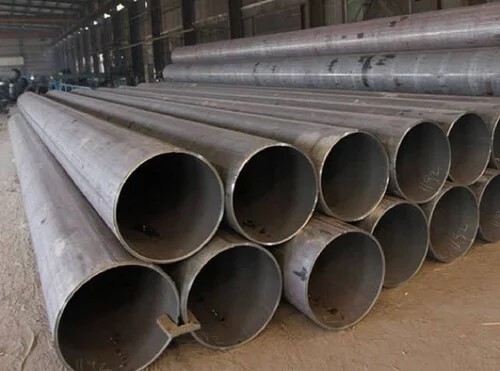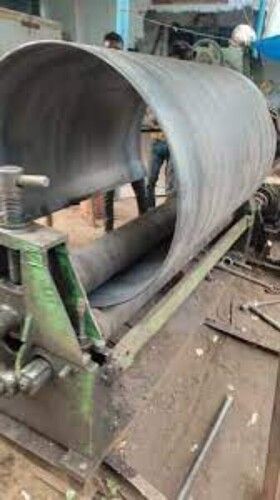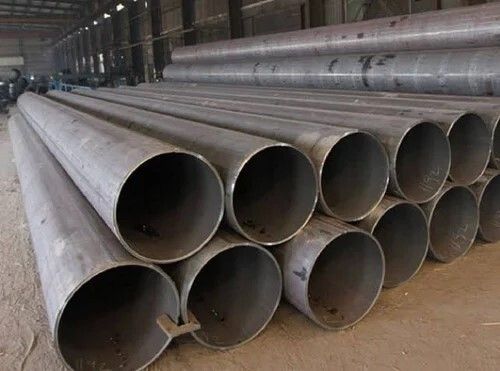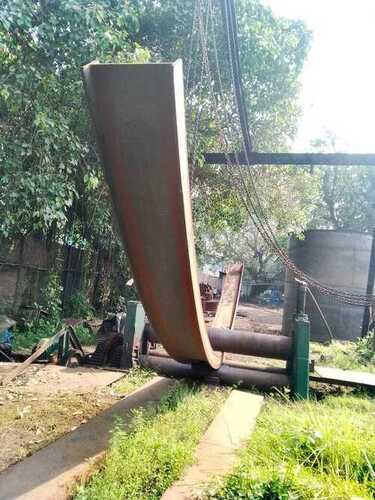Piling Liner
Price 6 INR/ Kilograms
Piling Liner Specification
- Product Type
- Piling Liner service
- Material
- MS /SS/Carbon Steel
Piling Liner Trade Information
- Minimum Order Quantity
- 100 Kilograms
- Payment Terms
- Cash Against Delivery (CAD), Cash Advance (CA), Cheque
- Main Domestic Market
- All India
About Piling Liner
A piling liner is a tubular structure used in the construction of deep foundations, particularly for bored piles or drilled shafts, to maintain the integrity of the borehole during excavation and concrete placement. These liners, also known as pile liners or drilling liners, provide structural support to prevent soil or groundwater from collapsing into the borehole. Unlike temporary pile casings, piling liners are often left in place as part of the foundation to offer long-term protection and strength.
Key Features of Piling Liners:
Purpose:
Stabilizing the Borehole: In unstable soil conditions, the liner prevents the surrounding soil from collapsing into the borehole during drilling and pile construction.
Preventing Water Ingress: In waterlogged areas, piling liners act as a barrier to prevent groundwater from entering the borehole, which is crucial during concrete pouring to ensure the quality of the pile.
Permanent Structural Support: Unlike temporary casings, piling liners are often left in place permanently, contributing to the strength and durability of the pile.
Types of Piling Liners:
Temporary Liners: These are installed during the drilling phase to support the borehole and prevent it from collapsing. Once the pile is constructed, these liners are removed.
Permanent Liners: These remain in place after pile installation and become part of the foundation, providing ongoing support and protection to the pile.
Applications:
Bored Piles: Piling liners are most commonly used in bored pile foundations, where a hole is drilled and the liner is installed to maintain the borehole shape and prevent collapse during pile casting.
Drilled Shafts: In deep foundations for bridges, towers, and other heavy structures, liners are used to protect the integrity of drilled shafts, especially in challenging soil conditions.
Marine and Coastal Construction: In marine environments or coastal areas with high water tables, piling liners prevent water ingress and maintain the integrity of the pile during construction.
Retaining Walls: Liners are used to stabilize boreholes for piles in the construction of retaining walls, ensuring that soil does not collapse into the excavation.
Installation Process:
Drilling and Lining: During the drilling process, the pile liner is lowered into the borehole to support the sides. The hole can be drilled either before or after the liner is installed, depending on the ground conditions.
Concrete Pouring: After drilling, the reinforcing cage is inserted, and concrete is poured into the pile. If the liner is temporary, it may be removed during or after concreting; if permanent, it remains in place.
Vibratory Methods: In some cases, vibratory hammers are used to insert liners into the ground, particularly in denser soils or when a high level of precision is required.
Design Considerations:
Liner Thickness: The thickness of the piling liner depends on the depth of the pile, the soil pressure, and the groundwater conditions. Thicker liners are used in more challenging geotechnical conditions.
Diameter: The liner diameter should closely match the pile diameter to ensure effective support without excess clearance.
Jointing: For deeper piles, liners are often installed in sections, so secure jointing methods are necessary to ensure the liner remains continuous and stable during installation.
Advantages:
Prevents Borehole Collapse: Essential in loose or soft soils where the borehole is at risk of collapsing.
Prevents Contamination: In groundwater environments, liners protect the concrete from water infiltration, ensuring the integrity of the pile.
Improves Structural Integrity: Permanent piling liners add to the overall strength and durability of the pile by providing an additional layer of protection.
Reduces Construction Risk: By stabilizing the borehole, piling liners reduce the risk of construction delays or pile failure due to soil instability.
Typical Applications of Piling Liners:
High-rise buildings: To support deep foundations in weak soils.
Bridges and infrastructure: For drilled shafts and bored piles in large-scale infrastructure projects.
Waterfront and marine construction: To stabilize piles in underwater or coastal environments.
Industrial facilities: Where strong foundations are required to support heavy machinery or structures in difficult soil conditions.
Diameter and Length: Pile casings come in various diameters and lengths depending on the size of the pile and the depth of the foundation.
Thickness: The wall thickness of the casing must be sufficient to withstand external soil pressure and internal stress during driving or drilling.
Jointing: Casings often have joints or interlocking sections to allow for extension to greater depths. These joints must be strong enough to bear the load without breaking.
Standards and Specifications:


Price:
- 50
- 100
- 200
- 250
- 500
- 1000+
More Products in Plate Bending Job Category
Plate Bending Job
Price 1000 INR / Piece
Minimum Order Quantity : 1 Piece
Application : Industrial Manufacturing, Construction
Usage : Industrial
Material : MS
Type : Custom Fabricated Plate Bending
Pile Casing
Price 1000.00 INR / Piece
Minimum Order Quantity : 100 Kilograms
Application : Piling/Foundation
Usage : Construction
Material : Steel
Type : Steel Tube
Heavy Duty Bending Job
Minimum Order Quantity : 1 Piece
Application : Ideal for largescale constructions, machinery components, and custom fabrication needs.
Usage : Industrial
Material : Steel
 Send Inquiry
Send Inquiry




 : 08910477714
: 08910477714

 Send Inquiry
Send Inquiry Send SMS
Send SMS Call Me Free
Call Me Free